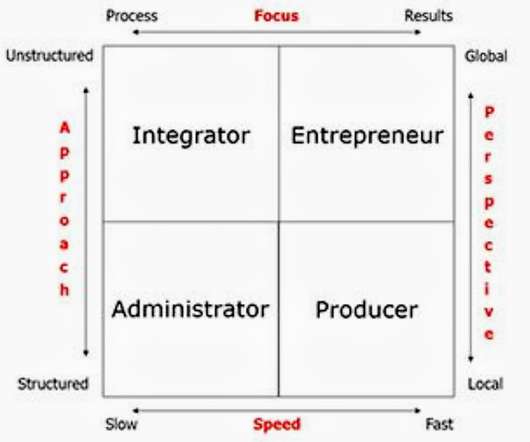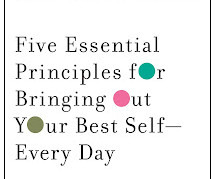The Conditions for Resistance-Free Change
Change Starts Here
FEBRUARY 19, 2016
Rather than ponder the nature of aerodynamics while flying, instead I wondered – could there be change with no resistance? As a fun exercise, I tried to envision what the conditions would be for a resistance-free change. No learning curve – the ability to go from 0 to 100% effectiveness instantaneously. No loss avoidance.


































Let's personalize your content